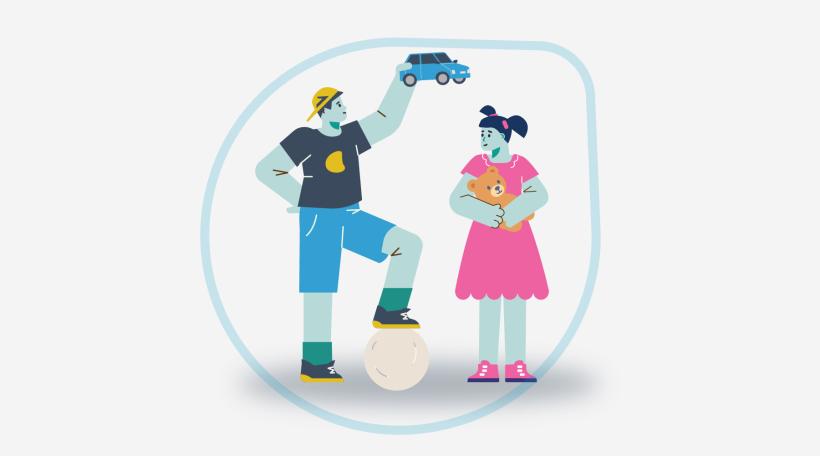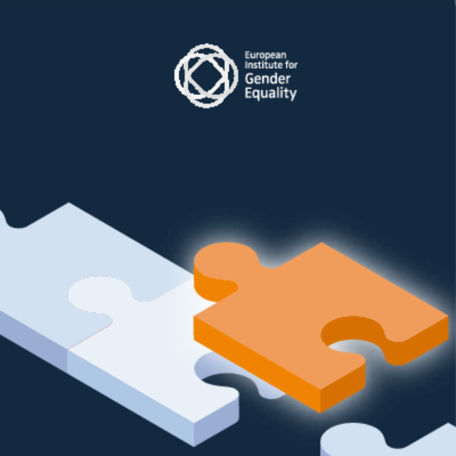
Today, the European Institute for Gender Equality (EIGE) publishes a new report ‘Combating cyber violence against women and girls’ which underlines the urgent need to develop and adopt harmonised and mutually exclusive definitions of cyber violence against women and girls (CVAWG) and its forms.
CVAWG is deeply rooted in the social inequality between women and men that persists in our world. As digital (online) and face-to-face (offline) spaces become more and more integrated, CVAWG often amplifies (or is a precursor for) violence and victimisation in the physical world.
Says EIGE Director Carlien Scheele:
While cyber violence against women and girls is not novel, it is evolving. Because life online is as real as life offline. It’s time to foster safer spaces. We have a right to feel comfortable, safe and secure. Both online and offline.
The findings underline that CVAWG is an intersectional form of violence with different patterns and levels of vulnerability and risk among specific groups of women and girls. It can be exacerbated when it is committed on the grounds of gender in combination with other factors, including age, ethnic or racial origin, sexual orientation, gender identity, disability, religion or belief.
Therefore, definitions should include a gender and intersectional dimension and acknowledge the ‘online-offline’ continuum of violence between the digital and the physical worlds.
“The report presents an analysis of existing legal and statistical definitions of the different forms of cyber violence against women and girls across all EU Member States. Based on these findings, EIGE proposes improvements to existing definitions used for statistical purposes”, explains Dr. Eleonora Esposito, gender-based violence researcher at EIGE.
“Policy action at EU and Member States level is needed. At all levels, institutions should prioritise the promotion of a comprehensive framework for tackling all forms of violence against women and girls and CVAWG should be included as a constitutive element and addressed as a distinctive form of violence, characterised by the use of ICT means.”
The findings also call for the integration of a gender dimension to data collection and crime statistics on CVAWG to allow for the collection of good quality, comparable and disaggregated data.
#SafeSpaces – working together to raise awareness
On the occasion of this year’s “Orange the World, 16 Days of Activism against Gender-Based Violence”, EIGE decided to translate key report findings into a creative campaign that shows some of the ways in which CVAWG undermines the safety of women and girls both online and offline and to introduce proposed definitions of some widespread forms of cyber violence.
In collaboration with graffiti artists, NGOs and the UN Women’s Brussels office, the #SafeSpaces campaign will unveil artworks portraying three forms of CVAWG: cyber stalking, cyber bullying and online gender-based hate speech related to three physical spaces: home, school and public.
The campaign is based on a simple truth - we all want to feel safe at home, school and in public. But are we as safe as we think we are? And is the woman or girl next to us safe?
For the campaign, graffiti artists Egle Narbutaite (Lithuania), Linas Kaziulionis (Lithuania) and Gunther Caz’n Baeyens (Belgium), alongside NGO partners Women’s Information Centre in Lithuania, Lithuanian Human Rights Centre and Zonta International, have come together to unite in highlighting the issues and offering a network of resources and support for victims/survivors of CVAWG.
Jurate Seduikiene, Director of Women’s Information Centre states: "Since we all live online and are impacted by what happens online, it was very important for us to join this project. We need to join forces to help raise awareness of the issues, make stories visible and encourage victims to seek support."
Find more information about ‘Cyber Violence against Women and Girls. Key Terms and Concepts’




